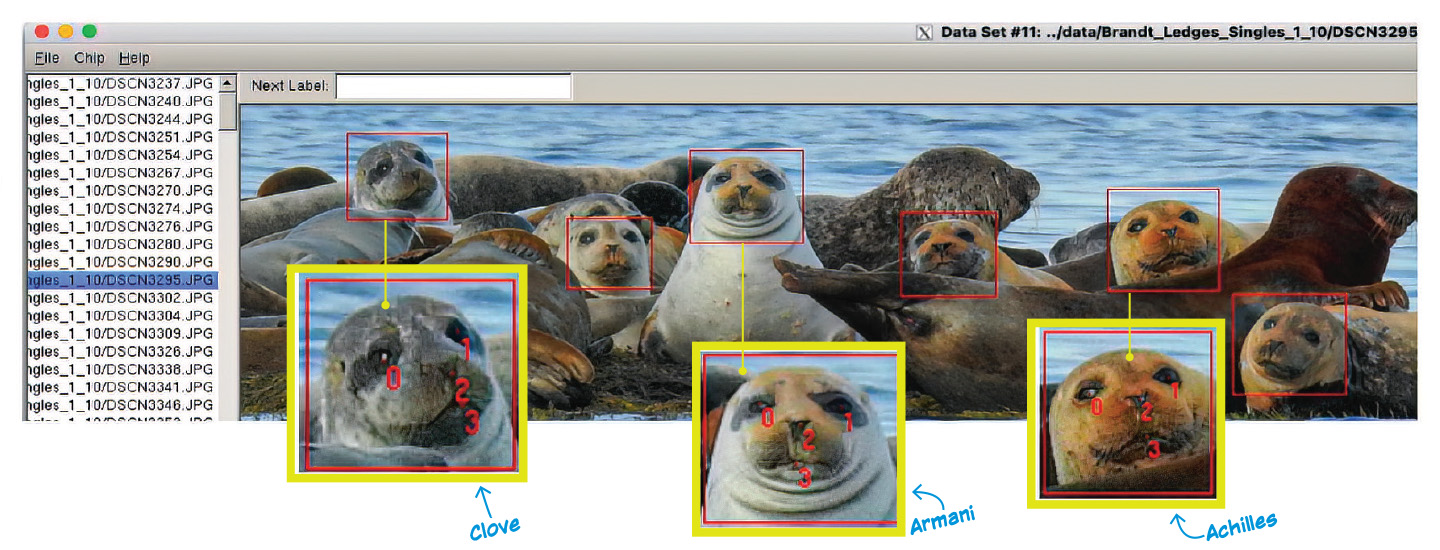Courtesy of Krista Ingram
Biologist Krista Ingram has always loved spotting a seal during summer trips to the Maine coast. “When I was a young girl, a few seals would be an amazing sight for a summer,” she says. But now, she might see hundreds lounging on rocks in a single day!
Ingram wanted to know why there are so many more seals today—but she didn’t want to harm the animals or their environment. “Currently the methods for observing wild populations of animals include tagging the animal, which means you’d have to catch them and disturb them,” says Ingram. Other less intrusive methods are very time consuming or expensive.
Biologist Krista Ingram took summer trips to Maine when she was a little girl. One of her favorite parts was spotting seals. “A few seals would be an amazing sight for a summer,” she says. Now, she might see hundreds lounging on rocks in a single day!
Ingram wanted to know why there are so many more seals today. Counting wild animals often requires tagging them. That means she would have to catch and disturb them. She didn’t want to harm the animals or their environment. Other less intrusive methods are very time consuming or expensive.

